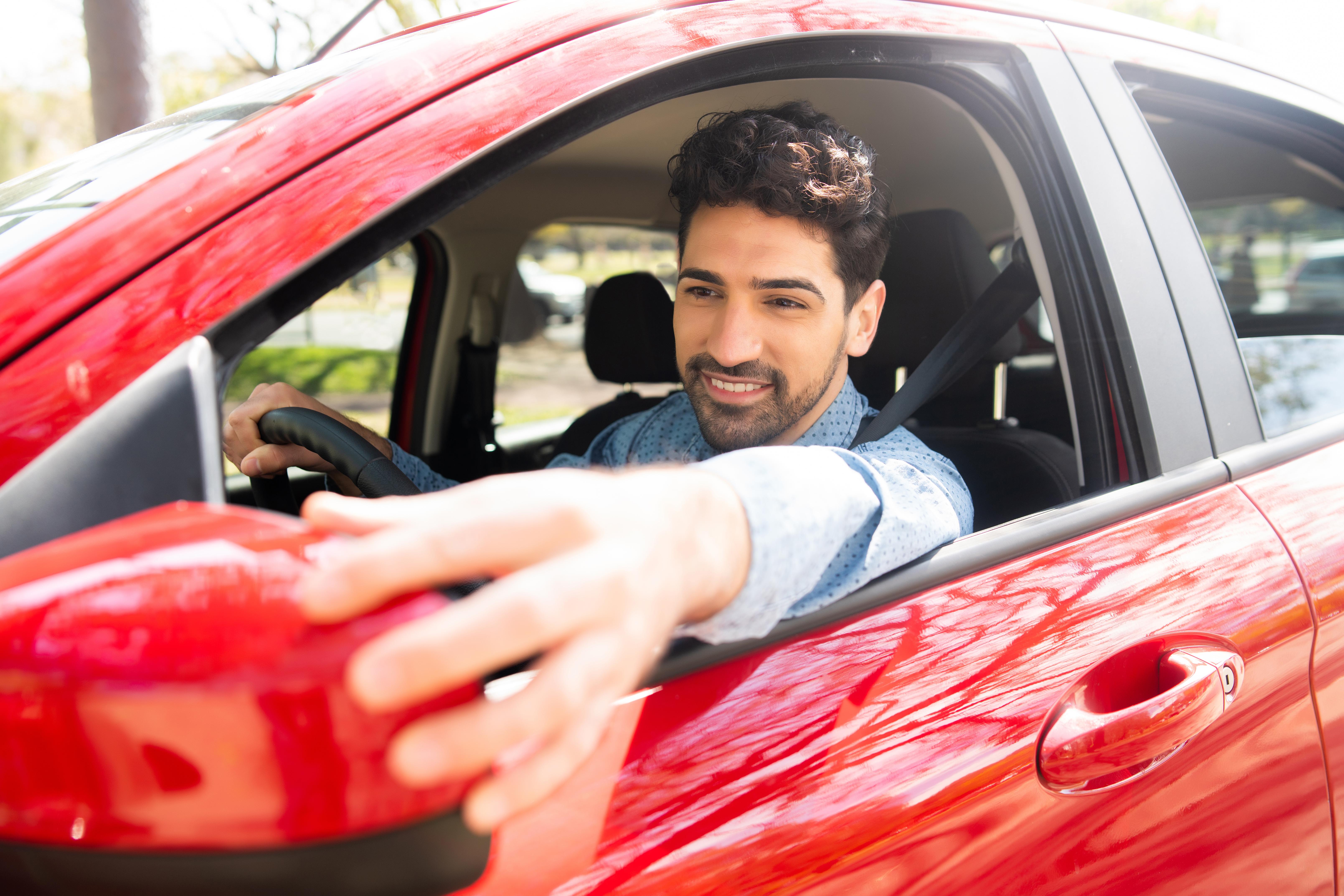How You Should Actually Be Driving A Car. Did You Know?
Before the general public had access to the Internet people learned to drive through friends, family, or driving schools. They did not have prior knowledge of how to operate an automobile, or the rules of the road when they took the car out for a spin. Luckily the Internet has many resources for curious soon-to-be road navigators to educate themselves about driving so they will not feel so intimidated when applying for a beginner’s permit.
Get Comfortable

Adjust the driver’s seat forward, backward, front, or to the back. The driver should find a comfortable position and make sure the pedals on the floor of the car are in reach of the right foot. When in the proper seated position, the driver should reach for the seatbelt with the opposite hand, pull it slowly until it reaches the safety lock. Insert the end into the lock and when it clicks it is secure.
Pedals

There are two pedals on the car floor; The smaller pedal on the right is the accelerator or the gas pedal, and the one used to stop the vehicle is called the brake. The seat should be in an appropriate position, so the feet are touching the pedals comfortably. The pedals are designed for right handed people so the right foot should be used when pressing them; Only use one foot to operate both pedals.
Mirrors

Mirrors are located inside the car and outside on the left and right sides. Position them correctly so no views are obstructed. The rear-view mirror is used most often and is above the dashboard. It helps the driver see behind the car, and it is helpful when changing lanes. Side view mirrors are used to detect blind spots. If they are adjusted properly most objects will not be hidden from the driver's range of sight.
Speedometer

The most important feature on the dashboard is the speedometer. This instrument lets the driver know how fast or slow the vehicle is moving. It shows the speed in either miles per hour or kilometers per hour. It is handy to keep an eye on the speed, so the car does not go over the speed limit. Originally, it was connected to the transmission by a cable, but now speedometers are connected to electric sensors.
Fuel Guage

The fuel gauge on the car instrument panel indicates how much or how little fuel is in the tank. When the arrow is close to ‘E’ for empty, it is time to visit the gas station. There is a picture of a gas pump on it, and there is an arrow pointing left beside the picture. It shows the driver the gas cap is on the left side of the back end of the vehicle.
Oil Gauge

The oil gauge indicates how the engine's overall well-being is doing and also acts as an early-warning system. It notifies the operator of any problems so the driver can rectify the issue before the car breaks down. If the gauge reads zero and the engine idles too high the gauge is faulty, the level of the oil is low, or the oil pump is damaged. When this happens, the engine should be switched off immediately.
Reverse Parking

Backing out of a parking spot or the driveway sounds easy for seasoned drivers, but it is more difficult for people with no experience. Drivers must make sure the passenger side mirror lines up with the left side mirror of the car beside it. To back up the vehicle the beginner checks all the mirrors and observes blind spots. The steering wheel is turned counter-clockwise and then the automobile can be driven in reverse.







